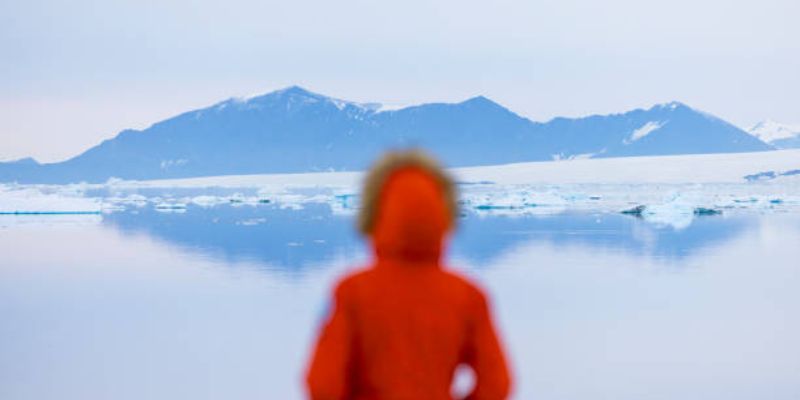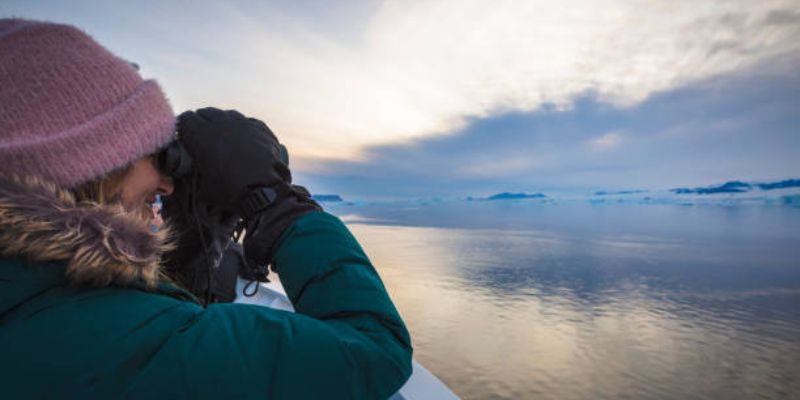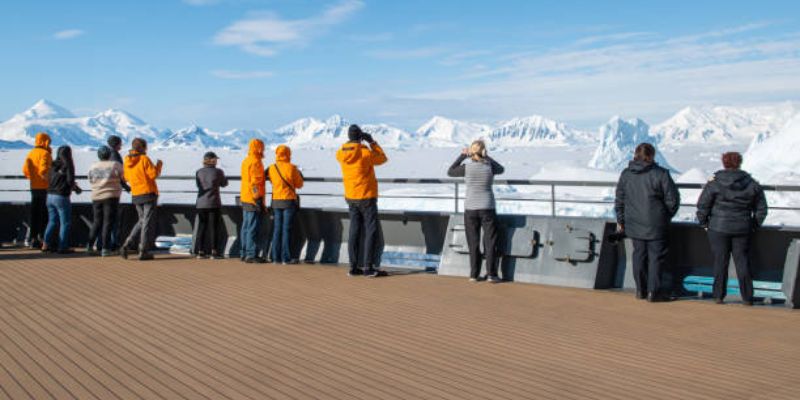How To Travel To Antarctica: A Complete Guide
You've decided to go to Antarctica — the frozen, alien continent at the bottom of the world. I get it. There's a magnetism to a remote, inaccessible place full of raw beauty. But let's be honest: planning a trip here isn't the same as booking a beach getaway. Antarctica is more than a destination; it's an odyssey that requires preparation, curiosity and a readiness to welcome the unscripted. Having travelled to Earth's final frontier for many years, I know a thing or two about making sure your journey is smooth, safe and unforgettable, and I'm sharing everything you need to know.
Why Antarctica?
There's no one for whom Antarctica is a destination. It is cold, remote and unreliable. But if you're reading this, you're likely someone searching for different experiences. Imagine landing on a continent with no permanent inhabitants, where glaciers shine blue in the midnight sun, where penguins waddle past you as if you're just a feature of the terrain. It's a place that brings you down a notch, schools you, and follows you well beyond your stay.

When To Go: The Timing Of Your Trip
First, you should know that Antarctica has a brief tourist season. The ideal period is summer in the Southern Hemisphere, from December to February. In these months, it's milder (think 2°C up to 8°C or 28 °F to 46 °F), and daylight is continuous—24 hours! —and the seas are calmer. Most cruises run during this window when the weather permits safer landings and exploration.
If you want to see penguin chicks, visit in late January or February. In December, the penguins are busy courting and laying eggs, and by February, adorable fuzzy chicks poke out from below their parents.
Getting There, Getting Around: Cruises, Flights And More
Now, let's talk logistics. Antarctica is not precisely a hop-skip-jump. Most travellers begin their journey in Ushuaia, Argentina, the world's southernmost city. From there, you'll hop on a cruise ship toward the Antarctic Peninsula. The traditional route involves crossing the Drake Passage, a 600-mile expanse of ocean known for its rough waters. This is a little raw, so I'll be honest — this part isn't for the faint of heart. Seasickness meds? Pack them.
But if the idea of two days bouncing over waves makes you nauseated, there's an alternative: fly-and-cruise deals. These journeys allow you to bypass the Drake Passage and fly to King George Island, a centre of Antarctic research stations. From there, you will take a ship for shorter excursions. The ticket is pricier but worth it if you want to save time or avoid the Drake's notorious swells.
The First Step To Choosing The Right Cruise: Size Matters
Some cruises are better than others. Antarctic-bound ships vary from massive luxury liners to smaller expedition vessels. Here's my advice: go small. Smaller ships (fewer than 200 passengers) can access narrower channels and get closer to wildlife. They're under fewer IAATO restrictions than the bigger ships, so they have more time ashore.
Search our cruises with guides—biologists, historians, and glaciologists—who will add context to your continent's exploration. But let me tell you, hearing a scientist explain ice formations as you're physically on top of a glacier is something you don't forget.
What To Pack: Layer Up!
Layering is the goal for packing for Antarctica. You’ll need:
Base layers: Thermals, moisture-wicking long sleeves.
Mid-layers: Fleece or down jackets that retain warmth.
Outer layers: Waterproof, windproof trousers and a heavy-weather parka (many cruises supply these).
Accessories: Gloves, a warm hat, neck gaiters and insulated boots.
Remember sunscreen and sunglasses—the ozone layer is thin here, and the sun can burn you much quicker on snow than on a tropical beach.

On The Ice: What To Watch For Day To Day
The experience of life on an Antarctic cruise is part adventure and part relaxation. Most mornings begin with a wake-up call for a zodiac landing — think rubber boats that shuttle you from ship to shore. You'll trek over snowfields, stop by penguin colonies, and perhaps even enter a research station. Afternoons may be spent kayaking among icebergs or whale-watching from the deck.
Evenings are quieter. You'll eat hearty meals, participate in lectures on Antarctic history and swap stories with other travellers. Pro tip: Bring a journal. Writing under the midnight sun is magical.
Stay Safe: Disclaimers About Winter Weather
Antarctica is savage, and environmental respect and risks are non-negotiable. Always pay attention to your guide's instructions. Do not stray from established trails, as hidden crevasses can be deadly. Stay vigilant for crevasses and moving ice if hiking on glaciers.
The weather can change in minutes. A sunny morning could become a whiteout by the afternoon. Listen to your body — frostbite and hypothermia are real dangers. Bring hand warmers and pay attention to your extremities.
Close Encounters Of The Penguin Kind: Encountering Wildlife
Antarctica's wildlife shows no fear. Penguins don't pay any attention to humans so that you can see their antics up close and personal. Humpback whales breach feet from your boat; seals bask on ice floes. Keep in mind: you're a guest here. Maintain a respectful distance (minimum 5 meters from animals) and avoid loud sounds.
Leave No Trace: Preserving Antarctica’s Delicate Ecosystem
The Antarctic Treaty governs the region, and tourism is limited to protect the environment. Follow these rules:
No souvenirs: Leave rocks, bones and natural treasures where you found them.
Clean gear: Disinfect boots and clothing between landings to avoid spreading invasive species.
Pack Out Trash: You Have To Bring Back Even Food Scraps.
Everything matters with every step you take here. As I gazed up at a glacier calving into the sea while visiting the Antarctic Peninsula, I was reminded how delicate this place is — and how important it is to preserve it.
The Drake Passage: Surviving The “Drake Shake”
Doing the Drake Passage is unavoidable if you go on a traditional cruise. Seasickness? Get the meds before boarding , keep them going, and stay hydrated. Be active on deck (fresh air is healing) or huddle in your cabin with a good book. The reward? No waterway in the world stirs more thrill.

How Much To Budget For Your Trip: Expenses To Factor In
Antarctica isn't cheap. Cruises run from about $6,000 for 10 days to luxury offerings reaching $30,000. The flights, the gear, and the tips for guides take a toll. Travel during shoulder season (late February) or book well in advance to save.
Welcoming The Journey Of A Lifetime
Antarctica isn't a trip; it's an expedition into the unfamiliar. It's the sight of your first iceberg, reflecting a sapphire-like glow, the absolute silence in a snow-covered bay, and the bonds of others sharing this experience. It's a reminder of how tiny we are in the bigger picture.
But as my ship returned to Ushuaia, I was grateful and humbled. Antarctica doesn't just change your point of view; it changes you. So layer up, prepare for the Drake and get ready for the continent that time forgot.
Your Next Step: Antarctica Awaits
Ready to start planning? Do your research on IAATO-approved operators, talk to people who have been before, and allow yourself to dream big. The ice is calling—and trust me, it’s worth picking up.